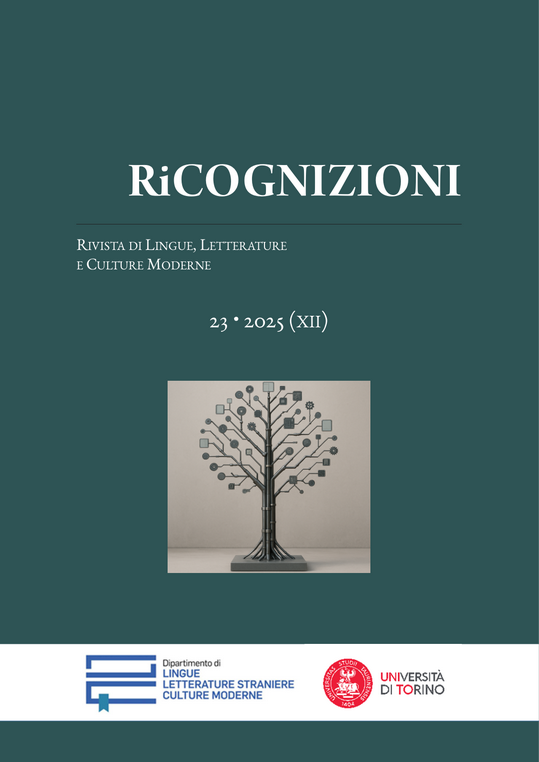Defining 'Naturalness'
Constructed Languages as Typological Exploration
DOI :
https://doi.org/10.13135/2384-8987/11446Mots-clés :
Constructed languages, Typology, Naturalness, MultivarianceRésumé
Among the community of language construction enthusiasts, particularly those who fall under
the ‘artlanger’ category, there exists a concept termed ‘naturalness’ (Rhiemeier, 2012). Under
this framework, the quality of an artistic language (‘artlang’) can be assessed in terms of how
naturalistic it is, i.e. the degree to which it is a simulacrum of a natural language (or ‘natlang’).
This concept as practised in artlang communities exhibits a complex relationship with broader
linguistic theory and typology that I explore in this talk.
In terms of how ‘naturalness’ is achieved, while some advise engaging in ‘imaginative role-
play’, (Brown, 2017), the main advice is to read about a wide array of natural languages to see
what structures are attested (Peterson, 2015). Discussion of exemplar natlangs is thus a fre-
quent device in theorising among artlangers, such as Kearsley (2023), who uses a discussion of
Chukchi as a starting point for a critique of simplistic views of basic word order and alignment.
Indeed, the term ANADEW, an acronym of ‘A Natlang Already Did [it] Except Worse’, distills
this point, by noting that natlangs already exhibit ‘bizarre’ phenomena (Rhiemeier, 2012).
This paper explores the extent to which this learned intuition of ‘naturalness’ on the part
of conlangers conforms to the kinds of generalisations drawn by typologists, making two main
observations. Firstly, I observe that, as noted by Merlo et al. (2022), the typology of a con-
structed language is in large part determined by the diversity of languages that the conlanger
has had exposure to, i.e., their typological knowledge. Secondly, I propose that another signif-
icant influence on the typology of constructed languages are the theoretical assumptions made
about Language more generally (a point made elsewhere for morphology by Peterson (2014)),
particularly focusing on morphological complexity as discussed by Baerman et al. (2017)
Téléchargements
Publiée
Comment citer
Numéro
Rubrique
Licence
RiCognizioni is published under a Creative Commons Attribution 4.0 International License.
With the licence CC-BY, authors retain the copyright, allowing anyone to download, reuse, re-print, modify, distribute and/or copy their contribution. The work must be properly attributed to its author.
It is not necessary to ask further permissions both to author or journal board.








